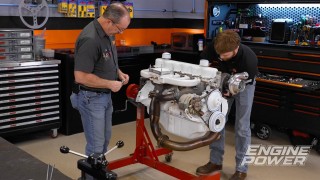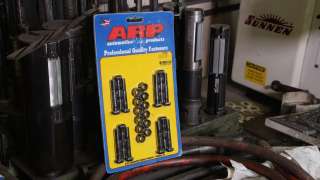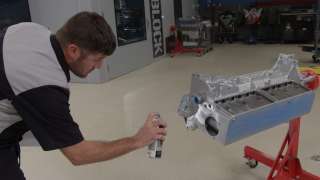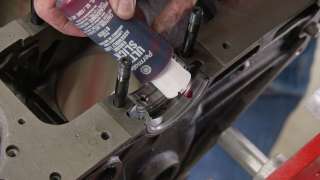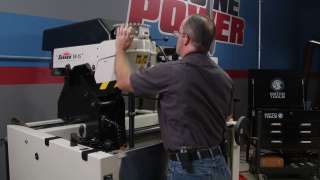
Building a Chevy 292 Inline Straight-Six
We build a hot rod 292 Chevy straight-six that puts power to the pavement for Truck Tech’s 1965 C10.
Season 7
Episode 1
Hosts: Mike Galley, Pat Topolinski
First Air Date: January 14, 2020
Duration: 21 minutes 42 seconds









